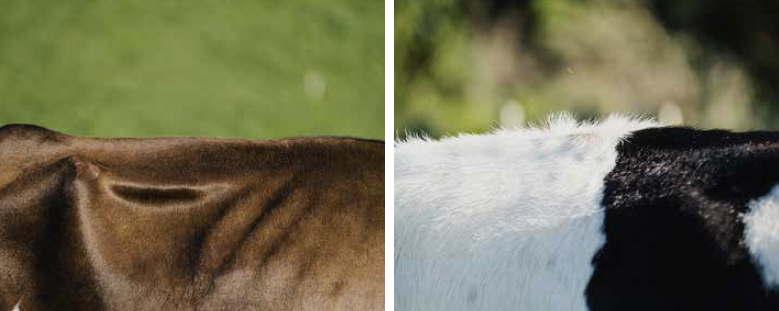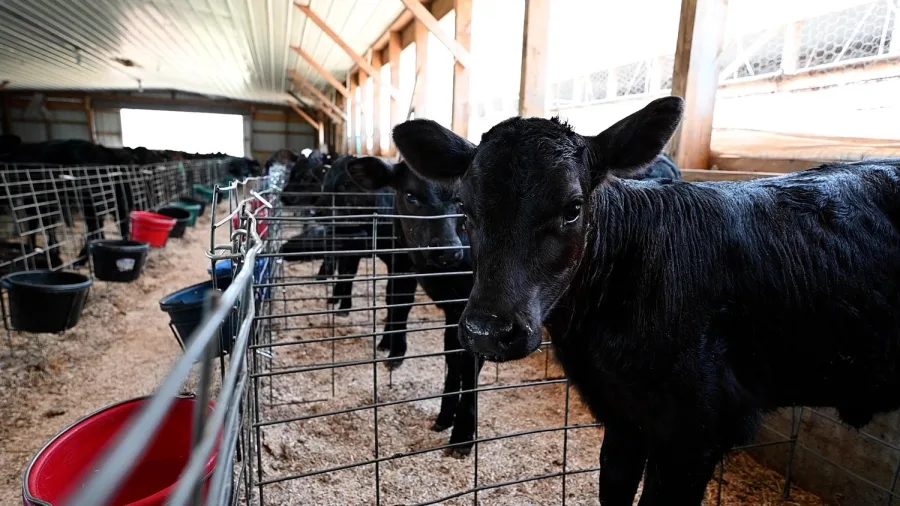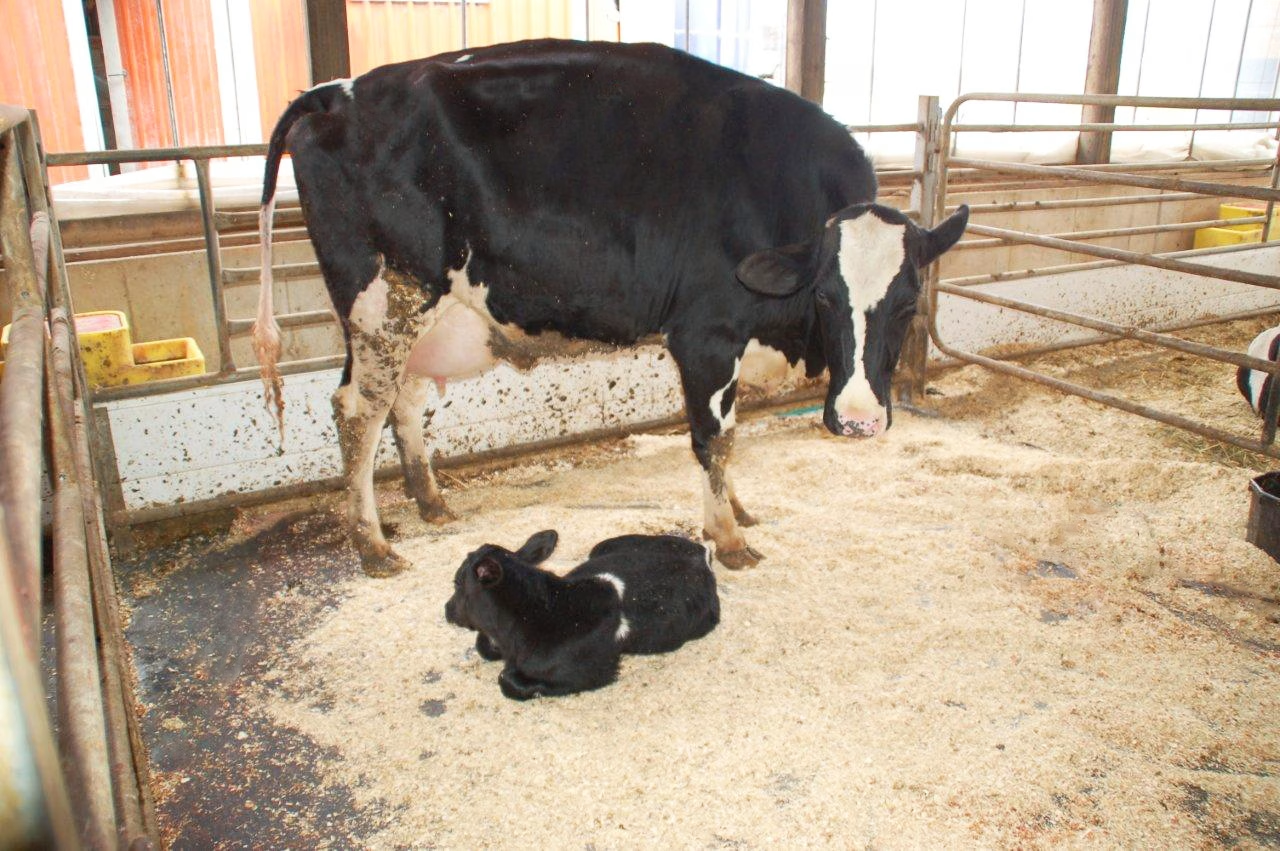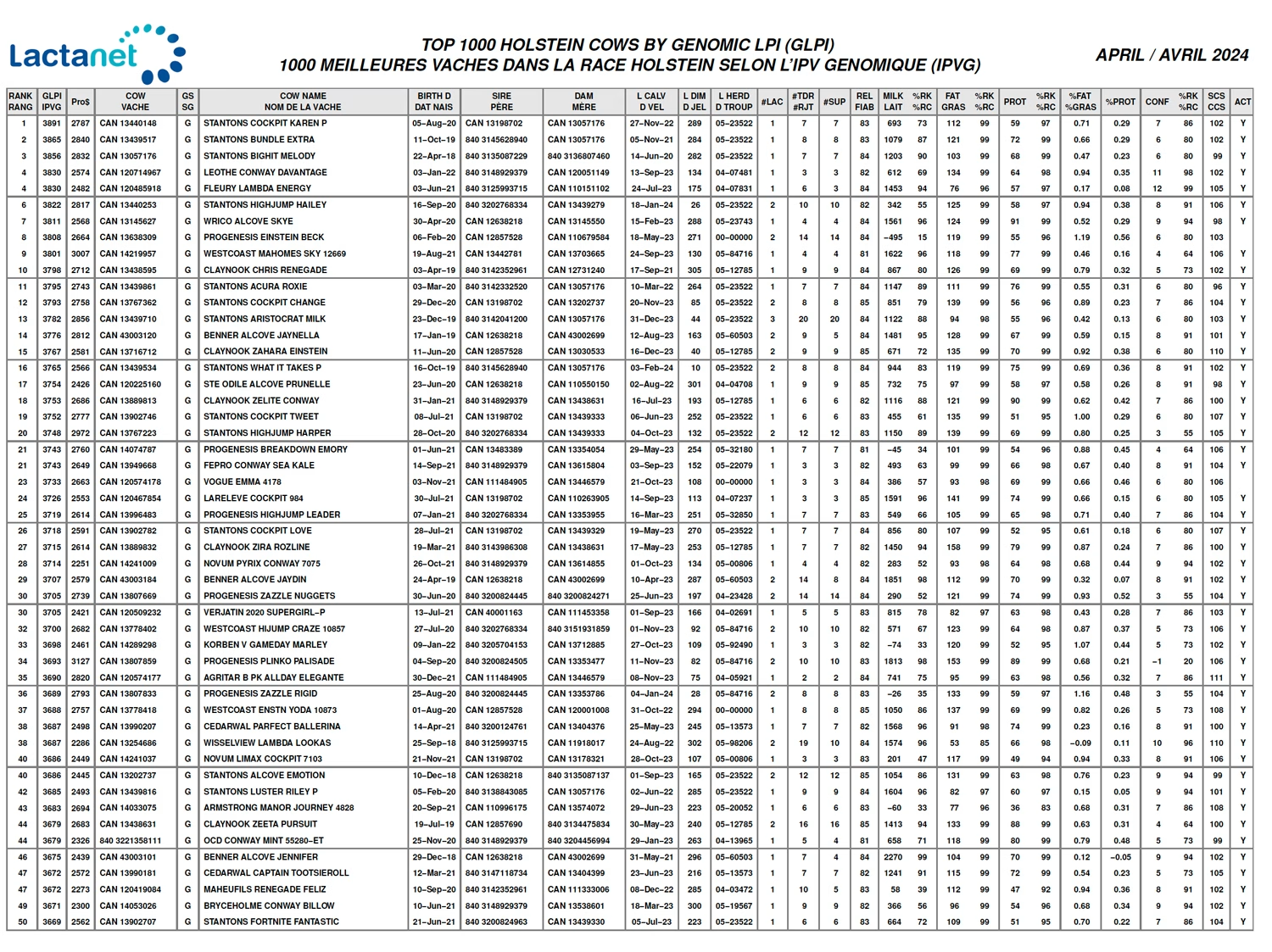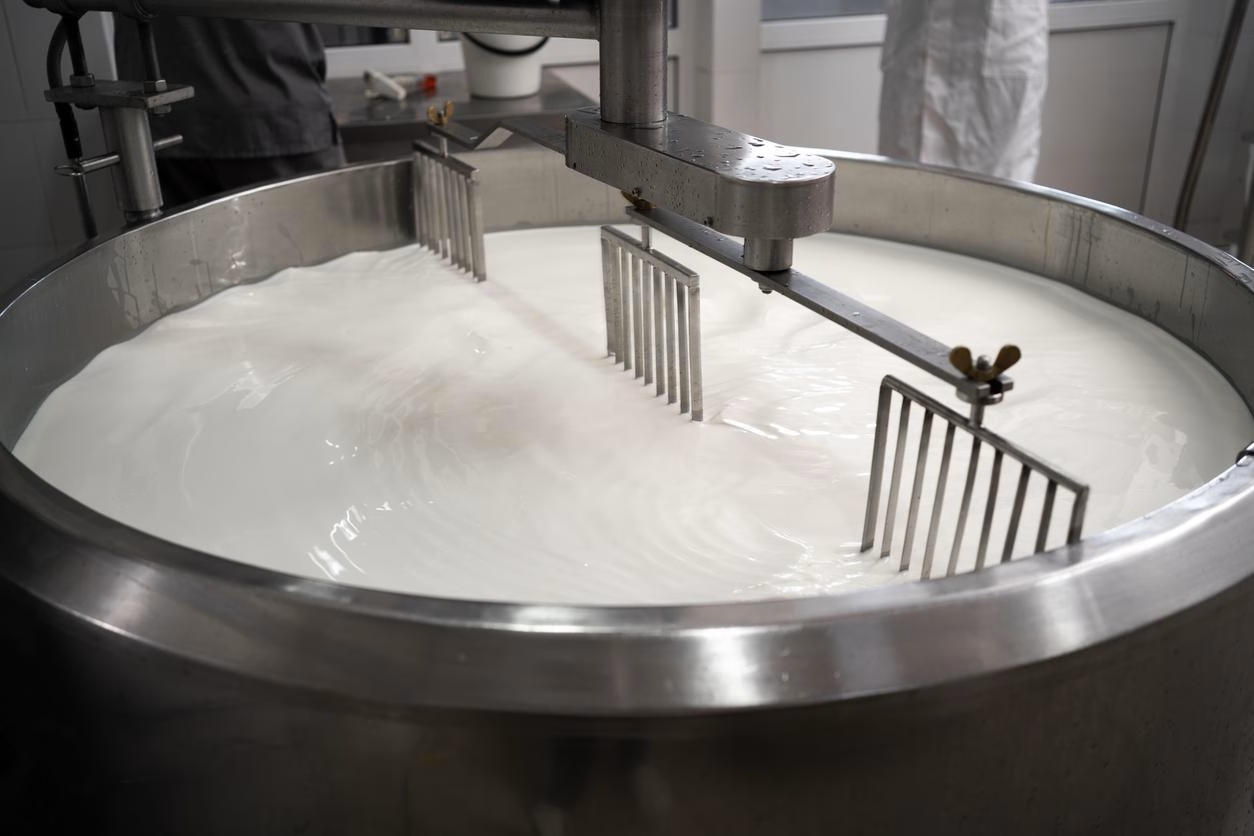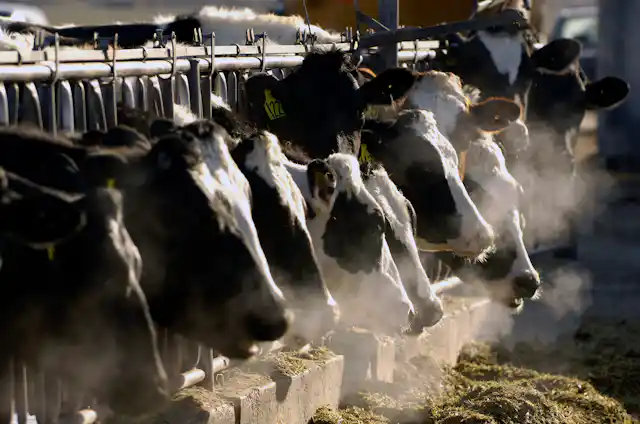How will dairy farmers navigate the clash between Democrats and climate activists? Discover the challenges and impacts on your livelihood.
Summary: With 2025 on the horizon, tensions between Democrats and climate activists are intensifying. Climate scientists predict a record-breaking surge in global temperatures, potentially surpassing 1.5 degrees Celsius above preindustrial levels, which could transform the planet and impact dairy producers. Dairy farmers face scrutiny due to methane emissions rules and sustainable farming incentives. Unpredictable weather patterns, droughts, and rainfall fluctuations could affect feed supply and animal health. To prepare, dairy farmers must understand how El Niño impacts agricultural operations and invest in drainage, irrigation, and feed storage. Democrats struggle to balance environmental responsibilities with economic necessity, while activists demand aggressive action, such as canceling the Willow drilling project in Alaska. This conflict calls for policies that adhere to scientific advice and responsible environmental management.
- Tensions between Democrats and climate activists are expected to rise as 2025 approaches.
- Climate scientists predict global temperatures could surpass 1.5 degrees Celsius above preindustrial levels.
- Dairy farmers might face increased scrutiny due to methane emissions rules and sustainable farming incentives.
- Unpredictable weather patterns could affect feed supply and animal health.
- Farmers should understand El Niño’s impact on agriculture and invest in infrastructure like drainage, irrigation, and feed storage.
- Democrats struggle to balance environmental responsibilities with economic needs, while activists demand aggressive actions like canceling the Willow drilling project.
- Effective policies must adhere to scientific advice and promote responsible environmental management.

Climate experts forecast record-breaking temperatures, which may transform the planet. Dairy producers face a real-world threat that may impact their herds and bottom line. Hotter summers and severe weather extremes are on the way, posing issues at your doorstep. Meanwhile, Democrats and climate activists are preparing for a heated debate over climate policy, which could shape the future of environmental law. Carlo Buontempo, head of the European Union’s Copernicus Climate Change Service, said we are in a new area and have no idea what will happen next. So, how does this affect your farm and your future? Buckle up because the answers are more important today than ever.
Adapting to the Climate Crossroads: Is Your Dairy Farm Ready?
If you’re a dairy farmer, you’ve probably felt the consequences of climate policy changes. The business is under scrutiny, with rules on methane emissions and incentives for sustainable farming. Have you ever wondered why the 1.5°C threshold is so critical?
Climate experts believe passing this barrier might significantly affect our planet’s climate. Consider more unpredictable weather patterns, exacerbated droughts, and fluctuations in rainfall. These changes have the potential to dramatically impact the dairy business, including feed supply and animal health.
So, how may this affect your farm? While the challenges are significant, preparing for unexpected weather, probable regulatory tightening, and a drive toward more sustainable operations can also bring opportunities. Democrats’ climate policies, as implemented by organizations like Climate Defiance, are likely to influence your everyday activities. Are you prepared to adapt and potentially thrive in this new landscape?
El Niño: A Storm on the Horizon
To prepare for potential record-high temperatures in 2025, it’s essential to understand how El Niño impacts agricultural operations, particularly for dairy producers. El Niño, caused by higher-than-normal sea surface temperatures in the central and eastern Pacific Ocean, affects worldwide weather patterns. This may cause severe weather conditions, such as droughts and torrential rains.
Such developments may be unsettling to the dairy business. Imagine your pastures suffer from a lengthy drought, decreasing the feed available to your herd. Consider the consequences of heavy rainfall, which may produce floods and flooded fields, making it difficult to cultivate and harvest crops. Both circumstances may significantly influence milk output and feed expenditures, straining your farm’s operations. To prepare for these situations, consider improving drainage, investing in irrigation systems, and storing feed.
Historically, El Niño occurrences have caused substantial weather swings in areas such as California, which has large dairy farms. For example, severe rainfall may increase feed prices and make it difficult to maintain dairy product quality [NOAA]. Dairy producers must prepare for increasingly robust El Niño episodes, as predicted by experts.
Are you prepared to adjust to these prospective changes? Have you considered how to protect your feed supply and your herd’s health? To prepare for El Niño’s unpredictable weather patterns, consider improving drainage, investing in irrigation systems, and storing feed.
Staying proactive and knowledgeable will help you overcome potential problems from El Niño in 2025, ensuring your dairy farm’s production and profitability.
The Climate Tightrope: Can Democrats Balance Environmental Duties and Economic Needs?
When addressing climate change, Democrats often tread a fine line between environmental responsibilities and economic necessities. Ali Zaidi, the White House’s national climate advisor, plays an integral part in this balancing act. Zaidi and other authorities have advocated for solutions that reduce carbon emissions while ensuring economic stability.
One of the Biden administration’s most significant accomplishments is protecting 13 million acres of Arctic land. However, as recent demonstrations have shown, some climate activists want more decisive action, such as canceling projects like the Willow oil drilling proposal.
The Democrats have also pledged to invest in green technology via initiatives such as the Inflation Reduction Act. This legislation provides significant financing for renewable energy projects, which they claim would generate new employment, encourage economic development, and reduce greenhouse gas emissions. This strategy tries to reassure environmentalists and the general public that economic progress and environmental conservation are compatible.
However, whether these ideas would satisfy all parties is still being determined. In this complicated setting, evaluating whether these policies adequately meet environmental and economic issues is critical. What are your thoughts? By actively engaging with these policies and sharing your perspective, you can help shape the balance between environmental and economic needs.
The Activist’s Dilemma: Passion Meets Policy
When we speak about climate activists, we’re referring to a group of individuals who are passionate, committed, and often frustrated with the speed of political change. Protests against the Willow Project demonstrate their displeasure with present practices. ConocoPhillips’ intention to drill for oil in a 499-acre area of Alaskan tundra exemplifies the conflict between economic and environmental concerns.
Remember the scene from Climate Week NYC? Climate activist Sim Bilal’s altercation with Ali Zaidi was more than a show of discontent. It highlighted the rising frustration among the youth-led climate movement. Activists like Bilal demand significant policy changes rather than just asking for them. “Will you publicly ask Biden to oppose the Willow project?” Bilal’s question was direct, reflecting the urgency many activists feel as they advocate for immediate and significant changes in climate policy.
What motivates this sense of urgency? The harsh facts and rising scientific agreement on the escalating effects of climate change. Activists contend that safeguarding 13 million acres of the Arctic is praiseworthy. Still, it falls short compared to new drilling projects that threaten to undermine such safeguards. This unhappiness is more than simply an emotional reaction; it asks for policies that adhere to scientific advice and fight for responsible environmental management.
Could they be correct in seeking more forceful action? For dairy producers, this battle is more than simply a political show. It is about the future of our agriculture, livelihoods, and the ecosystem we rely on. The conflict between climate activists and existing regulations is a critical discussion that might shape the future of our sector and rural communities.
What Does All This Mean for Your Dairy Farm?
What does all of this imply for your dairy farm? As Democrats and climate activists clash, dairy producers may suffer substantial consequences. Let us break it down together.
- Regulatory Changes
New regulatory measures are expected to affect the environment. The demand for better environmental laws may result in tighter methane emissions, manure management, and water use limitations. For example, California’s methane reduction goals have already compelled some farms to invest in costly methane digesters. To adapt to these changes, consider investing in sustainable farming practices and technologies that can help you meet these regulations while minimizing costs. The additional costs might be considerable, particularly for smaller enterprises. - Economic Impacts
Economic repercussions might be good or bad. On the one hand, government incentives for renewable energy and sustainable practices may include grants or subsidies for farmers who use green technology. On the other hand, complying with higher environmental regulations may raise operating expenses. As Katie Hall of the National Dairy Producers Association points out, “farmers are caught between the need to modernize and the financial strain of doing so” [NDPA]. - Environmental Challenges
From an environmental standpoint, farmers may experience more erratic weather patterns, affecting agricultural output and animal health. Some climate experts believe a hotter 2024 would lead to more severe weather events like droughts and floods. “Weather volatility is the new normal, and farmers must adapt or risk losing their livelihoods,” said Dr. James Reynolds, an agricultural climate specialist [AgClimateNews]. - Real-Life Examples
Consider the instance of Tom Johnson, a dairy farmer from Vermont. He had to cope with new state restrictions on water runoff, necessitating a significant investment in new infrastructure. “It’s not just about compliance; it’s about survival,” explains Tom. “We need support, not just mandates” [Vt. Dairy].
As the climate discussion heats up, you must be aware and ready for the shifting situation. Stay alert for policy developments, and consider collaborating with climate experts to reduce risks and grasp opportunities.
Navigating the Climate Policy Minefield
Folks, we need to speak about what is really at stake here. Extreme climate policies, such as those promoted by climate activists and some Democrats, may have far-reaching effects on the dairy business. These criteria often need more attention to the reality of operating a dairy farm. Instead of providing nuanced answers, they impose laws that may be expensive and disruptive.
Consider emission quotas and limitations. While intended to reduce greenhouse gas emissions, these laws may unintentionally affect dairy producers. Implementing such solutions generally necessitates significant expenditures in new technology and infrastructure. Not every dairy farm, particularly the smaller family-run operations, can afford these unexpected expenditures. We discuss lives and livelihoods here, not simply statistics on a page.
Let us notice the rippling effect. When expenses grow, they are automatically transferred throughout the chain. Milk costs are higher for consumers. Demand decreases. Smaller farmers, already operating on razor-thin margins, may need help to remain in business. It is a vicious circle.
So what can you do? First, keep informed. Knowledge is power, particularly regarding new regulations and their possible consequences. Organizations such as the American Dairy Coalition often give valuable materials and updates. Second, adjust while simultaneously advocating. Adopt sustainable methods that make economic sense for your business, but don’t be afraid to express your concerns. Contact your local officials, join industry organizations, and engage in conversations. Your voice is essential, and politicians find it more difficult to ignore when we speak out together.
Finally, connect with your community. The public often views climate concerns from a limited perspective. Share your experiences and difficulties. The more people grasp the real-world ramifications of these regulations, the higher the possibility of finding balanced solutions that consider both environmental concerns and the sustainability of dairy farming.
In the tug-of-war between radical climate policy and practical agricultural realities, being proactive is your best strategy. This is more than simply surviving the storm; it’s about navigating and coming out stronger.
The Bottom Line
As we look forward to 2025, it is apparent that the conflict between Democrats and climate activists will play a critical role in establishing legislation impacting all sectors, including dairy production. The intense disputes around large-scale projects like the Willow oil drilling and climate scientists’ growing urgency underline the turbulence ahead. For dairy producers, the stakes could not be more significant. Balancing your company’s economic needs and the environmental duties politicians emphasize is challenging.
Finally, finding a medium path to protect the environment and livelihoods is critical. How can we guarantee that implemented policies fulfill the larger environmental aims while promoting economic viability? The answers to this issue will shape not just the next election but also the destiny of our industry. It’s time to evaluate proposals, share your thoughts, and make educated decisions. It is critical to dairy farming’s future success.
Learn more:
- How the 2024 Presidential Election Could Reshape Agricultural Marketing Strategies
- Trump vs Biden: Who is the Best Presidential Choice for Dairy Farmers?
- Rural Politicians Urge Faith in Farmers Amid Skepticism of Climate Goals
 Join the Revolution!
Join the Revolution!
Bullvine Daily is your essential e-zine for staying ahead in the dairy industry. With over 30,000 subscribers, we bring you the week’s top news, helping you manage tasks efficiently. Stay informed about milk production, tech adoption, and more, so you can concentrate on your dairy operations.







 Join the Revolution!
Join the Revolution!
